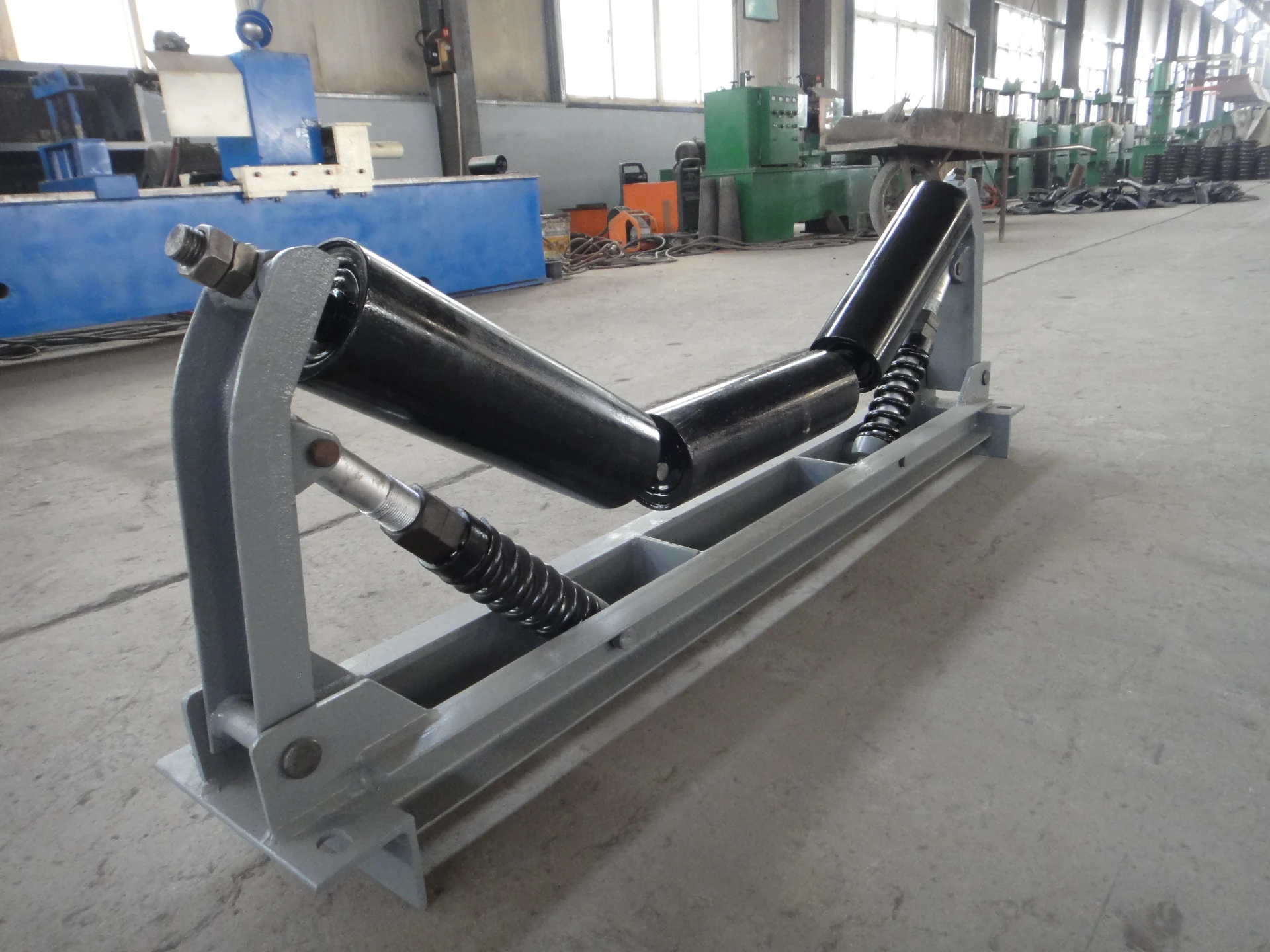 Afrikaans
Afrikaans  Albanian
Albanian  Amharic
Amharic  Arabic
Arabic  Armenian
Armenian  Azerbaijani
Azerbaijani  Basque
Basque  Belarusian
Belarusian  Bengali
Bengali  Bosnian
Bosnian  Bulgarian
Bulgarian  Catalan
Catalan  Cebuano
Cebuano  Corsican
Corsican  Croatian
Croatian  Czech
Czech  Danish
Danish  Dutch
Dutch  English
English  Esperanto
Esperanto  Estonian
Estonian  Finnish
Finnish  French
French  Frisian
Frisian  Galician
Galician  Georgian
Georgian  German
German  Greek
Greek  Gujarati
Gujarati  Haitian Creole
Haitian Creole  hausa
hausa  hawaiian
hawaiian  Hebrew
Hebrew  Hindi
Hindi  Miao
Miao  Hungarian
Hungarian  Icelandic
Icelandic  igbo
igbo  Indonesian
Indonesian  irish
irish  Italian
Italian  Japanese
Japanese  Javanese
Javanese  Kannada
Kannada  kazakh
kazakh  Khmer
Khmer  Rwandese
Rwandese  Korean
Korean  Kurdish
Kurdish  Kyrgyz
Kyrgyz  Lao
Lao  Latin
Latin  Latvian
Latvian  Lithuanian
Lithuanian  Luxembourgish
Luxembourgish  Macedonian
Macedonian  Malgashi
Malgashi  Malay
Malay  Malayalam
Malayalam  Maltese
Maltese  Maori
Maori  Marathi
Marathi  Mongolian
Mongolian  Myanmar
Myanmar  Nepali
Nepali  Norwegian
Norwegian  Norwegian
Norwegian  Occitan
Occitan  Pashto
Pashto  Persian
Persian  Polish
Polish  Portuguese
Portuguese  Punjabi
Punjabi  Romanian
Romanian  Russian
Russian  Samoan
Samoan  Scottish Gaelic
Scottish Gaelic  Serbian
Serbian  Sesotho
Sesotho  Shona
Shona  Sindhi
Sindhi  Sinhala
Sinhala  Slovak
Slovak  Slovenian
Slovenian  Somali
Somali  Spanish
Spanish  Sundanese
Sundanese  Swahili
Swahili  Swedish
Swedish  Tagalog
Tagalog  Tajik
Tajik  Tamil
Tamil  Tatar
Tatar  Telugu
Telugu  Thai
Thai  Turkish
Turkish  Turkmen
Turkmen  Ukrainian
Ukrainian  Urdu
Urdu  Uighur
Uighur  Uzbek
Uzbek  Vietnamese
Vietnamese  Welsh
Welsh  Bantu
Bantu  Yiddish
Yiddish  Yoruba
Yoruba  Zulu
Zulu Design Considerations for Conveyor Belt Idlers and Their Impact on System Efficiency
Conveyor Belt Idler Design An Overview
In the realm of material handling, conveyor systems are pivotal in various industries, including mining, manufacturing, and logistics. A crucial component of any conveyor system is the idler, a device that supports the conveyor belt and reduces friction. The design of conveyor belt idlers is essential for the efficiency and longevity of the system. This article explores the fundamental aspects of conveyor belt idler design, emphasizing key considerations and innovation trends.
Understanding Conveyor Belt Idlers
Conveyor belt idlers consist of cylindrical rollers that support the conveyor belt and help maintain its proper alignment during operation. Their primary function is to reduce the friction between the conveyor belt and the system’s frame, ensuring smooth movement of materials. Idlers come in various types, including carrying idlers, return idlers, and impact idlers, each designed for specific tasks within the conveyor system.
Key Design Considerations
1. Load Capacity The design of idlers must account for the expected load during operation. The correct selection of materials, roller diameter, and bearing type is crucial to ensuring that the idlers can handle the weight without warping or breaking. Engineers often use finite element analysis (FEA) to simulate and optimize the idler’s performance under various load conditions.
2. Material Selection The materials used for idler construction significantly influence durability and performance. Common materials include steel for its strength and resistance to wear, while rubber-lined idlers can help absorb shocks and reduce noise levels. Engineers must choose materials that can withstand environmental conditions, such as moisture, chemicals, or extreme temperatures.
3. Roller Design The design of the roller itself is paramount. Factors such as roller length, diameter, and shape can impact the idler’s efficiency. Longer rollers can support wider belts and distribute the load more evenly, while larger diameters can improve the idler's life by reducing wear on both the roller and the conveyor belt.
conveyor belt idler design

4. Alignment and Spacing Proper alignment of idlers is crucial to preventing belt slippage and ensuring the conveyor system operates smoothly. Designing idlers with adjustable brackets can help maintain the correct positioning. Additionally, the spacing between idlers should be carefully calculated to minimize sagging of the belt, which can increase wear and reduce efficiency.
5. Maintenance Considerations A well-designed idler system should also factor in maintenance ease. Incorporating features like replaceable bearings, easy-access lubrication points, and modular designs can significantly reduce downtime during repairs or replacements.
Innovations in Idler Design
Recent innovations in conveyor belt idler design aim to enhance performance and reduce operational costs. One such advancement is the introduction of self-cleaning idlers, which minimize material buildup on the roller and reduce the frequency of maintenance. Additionally, the advent of advanced materials, such as lightweight composites and high-performance coatings, has led to idlers that are both stronger and more resistant to corrosion.
Another area of innovation is the integration of smart technology. Idler systems equipped with sensors can monitor performance metrics such as temperature, vibration, and torque, allowing for predictive maintenance and timely interventions before serious faults occur.
Conclusion
The design of conveyor belt idlers plays a critical role in optimizing the performance and efficiency of conveyor systems. By considering factors such as load capacity, material selection, roller design, alignment, and maintenance, engineers can create idler systems that not only support heavy loads but also ensure long-term reliability. Ongoing innovations in materials and technology promise to further enhance the efficiency and functionality of conveyor belt idlers, paving the way for more sustainable operations in various industries. Embracing these advancements will be key for companies looking to improve their material handling processes and reduce downtime, ultimately leading to better productivity and profitability in their operations.
-
Revolutionizing Conveyor Reliability with Advanced Rubber Lagging PulleysNewsJul.22,2025
-
Powering Precision and Durability with Expert Manufacturers of Conveyor ComponentsNewsJul.22,2025
-
Optimizing Conveyor Systems with Advanced Conveyor AccessoriesNewsJul.22,2025
-
Maximize Conveyor Efficiency with Quality Conveyor Idler PulleysNewsJul.22,2025
-
Future-Proof Your Conveyor System with High-Performance Polyurethane RollerNewsJul.22,2025
-
Driving Efficiency Forward with Quality Idlers and RollersNewsJul.22,2025





























